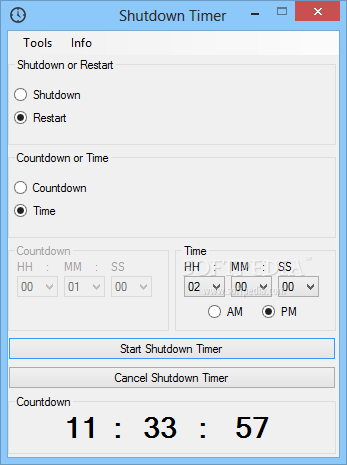

In prior shutdowns, border protection, in-hospital medical care, air traffic control, law enforcement, and power grid maintenance have been among the services classified as essential, while some legislative and judicial staff have also been largely protected. Essential services – many of which are related to public safety – continue to operate, with payments covering any obligations incurred only when appropriations are enacted. The plan identifies which government activities may not continue until appropriations are restored, requiring furloughs and the halting of many agency activities. What services are affected in a shutdown and how?Įach federal agency develops its own shutdown plan, following guidance released in previous shutdowns and coordinated by the Office of Management and Budget (OMB). Essential services continue to function, as do mandatory spending programs. In a “shutdown,” federal agencies must discontinue all non-essential discretionary functions until new funding legislation is passed and signed into law. Congress has not yet enacted any of the 12 bills for FY 2023 that make up the discretionary spending budget and has instead been funding the government through a CR that was enacted at the end of September. Every year, Congress must pass, and the President must sign budget legislation for the next fiscal year, consisting of 12 appropriations bills, one for each Appropriations subcommittee. Many federal government agencies and programs rely on annual funding appropriations passed by Congress. How does a shutdown differ from “sequestration” or “sequester”?.How does a shutdown differ from a default?.What are the disadvantages of using CRs?.How many times has the government shut down?.How and why do mandatory programs continue during a shutdown?.How would federal employees be affected?.Is the government preparing for a shutdown?.What services are affected in a shutdown and how?.A shutdown in FY 2023 would affect all federal activities covered by discretionary appropriations, as opposed to the most recent FY 2019 shutdown that began in late 2018 and extended into early 2019 that affected only departments and agencies covered by the seven appropriations bills that Congress had not yet enacted. An additional CR to allow lawmakers more time to complete work on spending bills is likely to be considered. Lawmakers have until midnight on the final day of the current continuing resolution (CR) – December 16 – to enact legislation to fund the programs covered by the appropriations process, or the government will shut down. The new fiscal year (FY) began on October 1, 2022, and Congress has so far enacted none of the 12 appropriations bills setting discretionary spending levels.


 0 kommentar(er)
0 kommentar(er)
